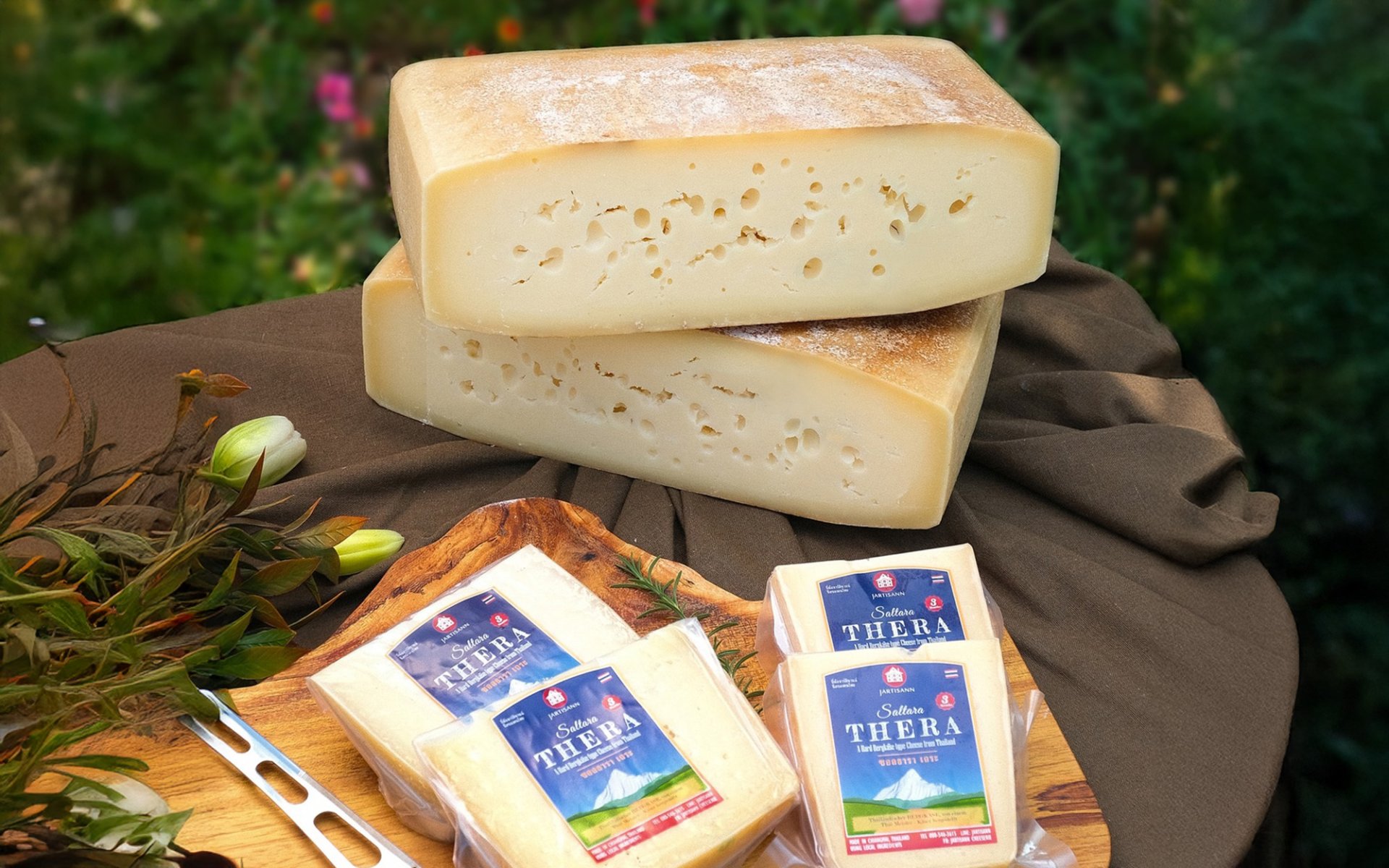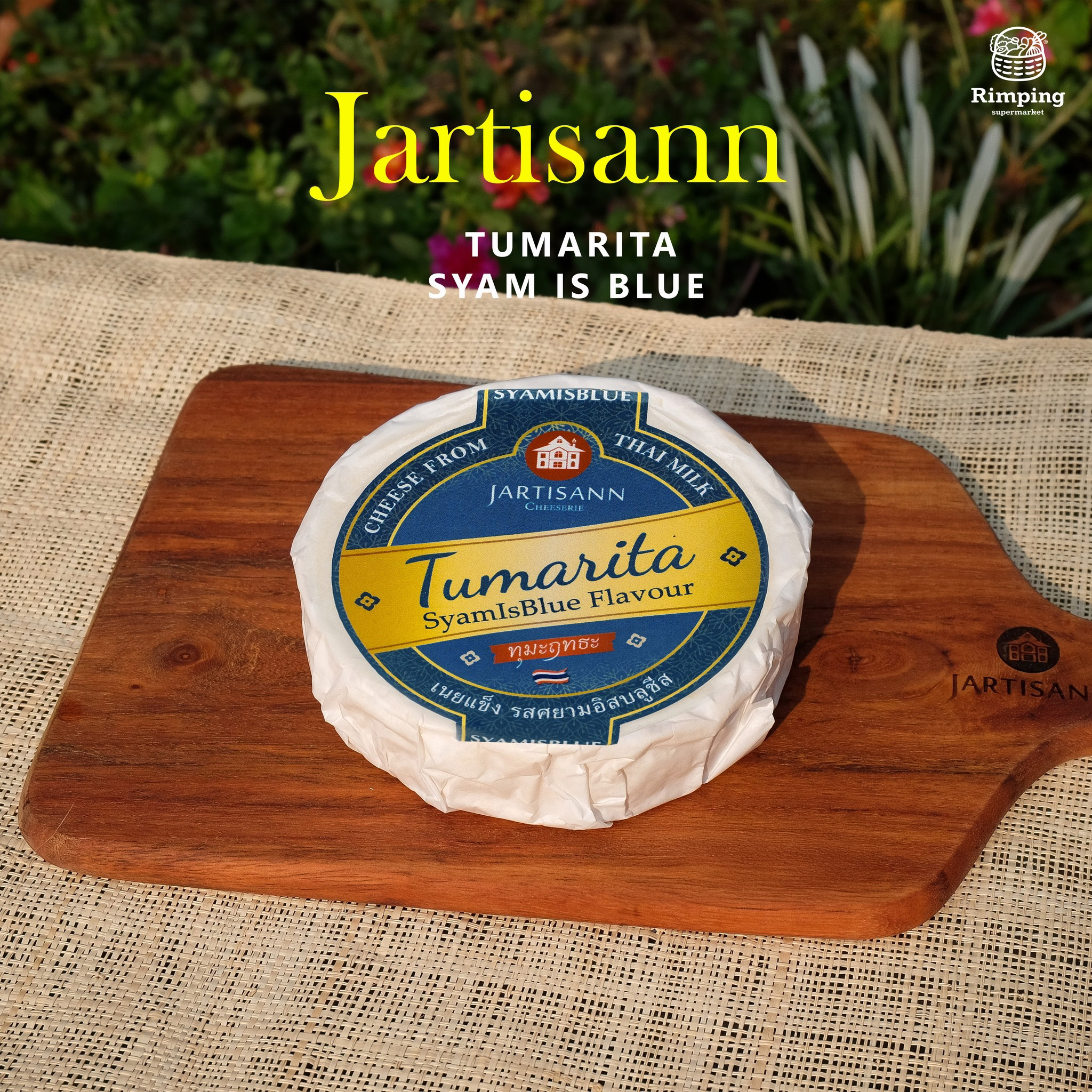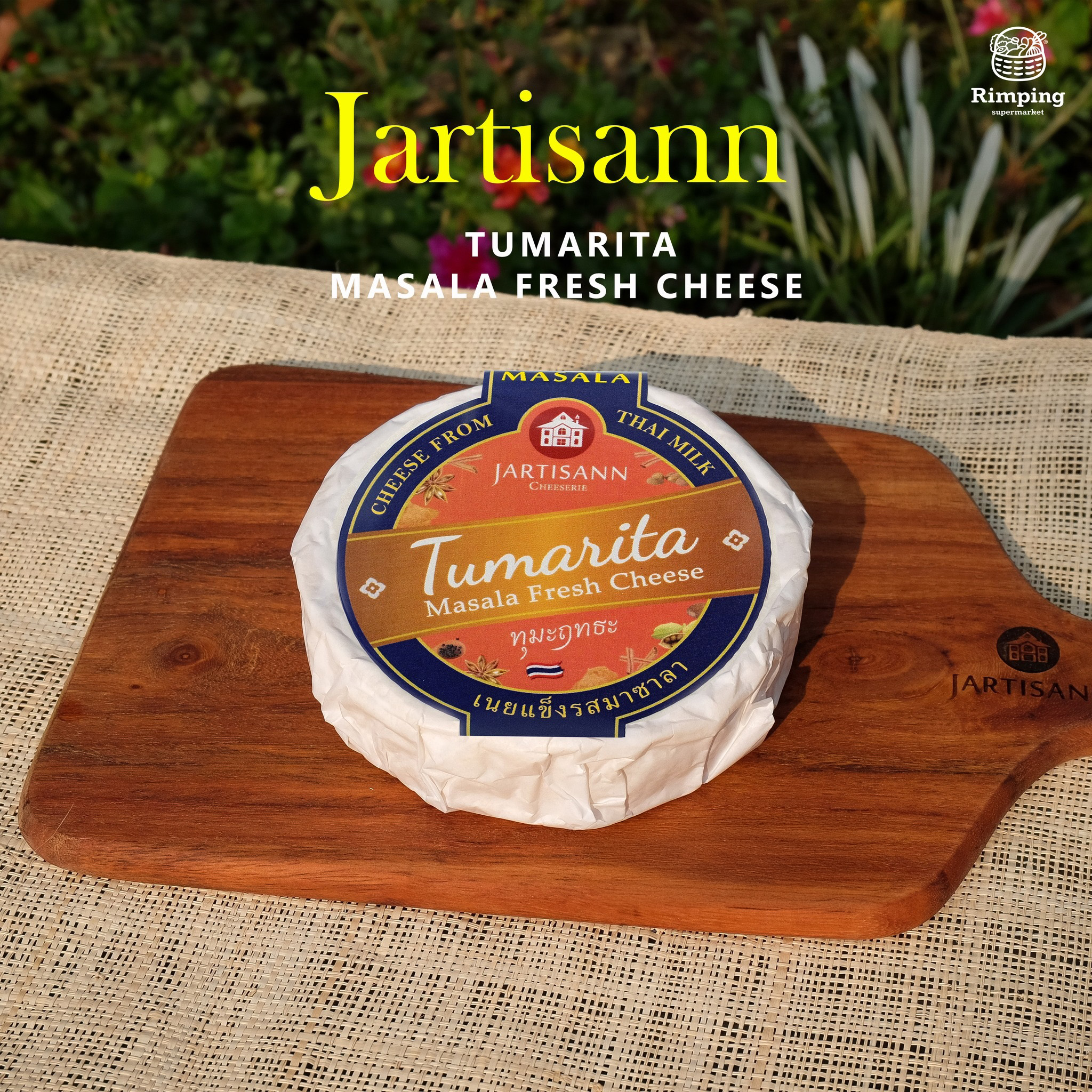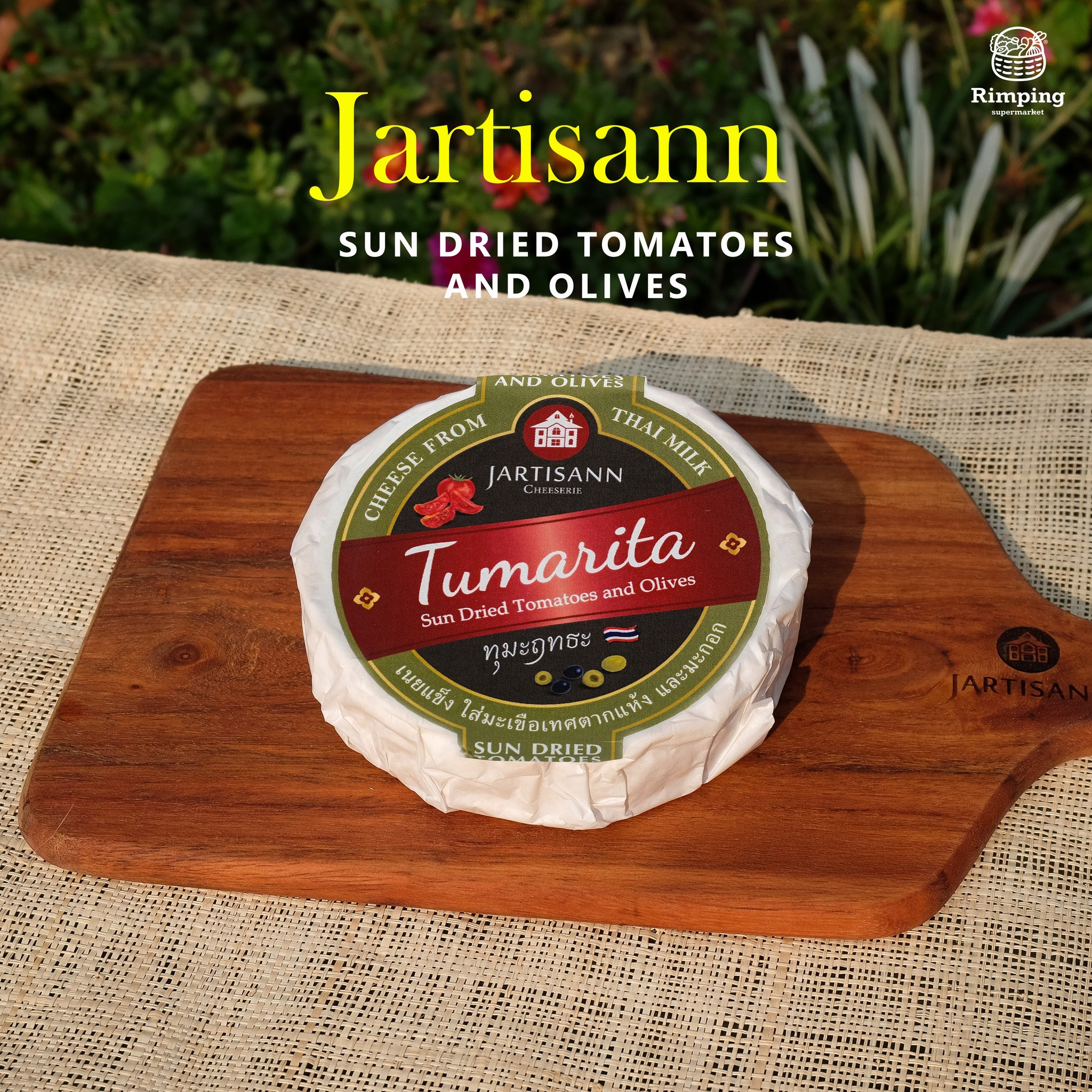Jartisann

Cheese doesn't always have to be produced or imported from abroad to be good cheese, because Thailand can now produce its own high-quality cheese.
This is the philosophy behind Jartisann, a 100% Thai cheese brand produced in Chiang Mai by a local, Khun Se Jarutat Sanitwong Na Ayudhya.
The Genesis from the Royal Project: Transforming Surplus Milk into World-Class Cheese
Khun Se Jarutat, the owner of Jartisann, shares an interesting story about the brand's beginnings. Before creating his own cheese brand, Khun Se worked for the Royal Project as a food product and service development coordinator for over 15 years (from 2006 to 2021).
While working there, Khun Se was assigned by H.S.H. Prince Bhisadej Rajani, then President of the Royal Project Foundation, to study various food processing methods to add value to farmers' produce. It was this initiative that led Khun Se to see the potential in adding value to the abundant supply of cow's milk that was often in surplus. This sparked the idea that something should be done to help dairy farmers in Thailand.
With his tendency to think outside the box, Khun Se came up with the idea of making cheese. In Thailand, most cow's milk is typically processed into yogurt or pasteurized milk, but no one had considered making cheese. This might be because most Thais believed that Thailand couldn't produce cheese as good as imported varieties. Thus, Khun Se began to seriously study cheese-making methods.
From Industrial Designer to Cheesemaker: Inspired by "World Cheese" and Japanese Cheese
Khun Se further explains that he initially had no knowledge of cheese-making, having studied industrial design. However, the advantage of his background was his expertise in adaptation and innovation, being able to take anything and creatively transform it into new products. Once he became immersed in the food industry, he integrated these concepts into food production and developed them into his own business.
In the early days of his cheese-making journey, Khun Se started by researching online and reading a book titled World Cheese. This book showed him the wide variety of cheeses available globally, each with its unique characteristics. But what truly inspired him was finding a Japanese cheese mentioned in the book. Khun Se wondered why, despite most Asians not typically consuming cheese, there was an Asian cheese featured. This made him think, "If they can do it, why can't Thailand produce its own cheese?" And this marked the beginning of cheese production in Thailand.
"Thai Cheese" Towards New Flavors: Michelin-Level Quality Guaranteed
Khun Se once traveled to study cheese factories abroad in both Italy and Denmark. After his studies, he returned and applied what he learned to develop his own cheese. He experienced many trials and errors, finding that following original recipes never yielded the same results. He became discouraged and almost gave up on cheese-making. But then, it dawned on him: "Why do I have to make cheese exactly like foreign ones? If I do, how can it be called Thai cheese?"
From then on, Khun Se stopped following original recipes and started creating his own, adapting foreign cheeses into his unique style. He used different starter cultures and readily available Thai ingredients. He experimented by incorporating various local ingredients into his cheeses, such as Northern Thai Larb spices or Indian spices. He found that these spices blended surprisingly well with cheese, leading to a new world of diverse cheese flavors.
Once he understood the nature of cheese, Khun Se was able to produce many of his own unique cheeses, able to transform any ingredient into a new type of cheese. However, he always sought feedback from chefs and foreigners to ensure his cheese was as good as or even better than imported ones. Khun Se presented his cheeses to many chefs, from general chefs to Michelin-starred ones, and to foreigners from France, England, and many other countries. The majority praised his cheese as delicious and of comparable, if not superior, quality to foreign cheeses.
Jartisann: Unique Thai Cheeses with Local Names
Today, the Jartisann brand offers over 12 types of cheese, each uniquely crafted without imitating foreign cheeses. Jartisann's cheeses cover all categories, just like other cheeses worldwide, including Fresh cheese, Soft cheese, Semi-Hard Cheese, and Hard Cheese.
Another highlight of the Jartisann brand is that each cheese variety is given a Thai name reflecting its origin, such as San Paquanburie and Forrest Tale (Hang Dong), which are names of sub-districts in San Phak Wan, Hang Dong District, Chiang Mai (where the Jartisann cheese factory is located).
The reason for choosing Chiang Mai as the factory location is Khun Se's deep affection for the province, where he once lived. He knew that Chiang Mai has high-quality ingredients and diverse dairy farms suitable for cheese-making. Thus, he decided to establish the factory at his home in San Phak Wan sub-district, Hang Dong District, Chiang Mai.
As mentioned above, Thailand can indeed produce excellent cheese comparable to international standards, by utilizing our existing high-quality raw materials and creatively adapting them into new, world-class cheeses. We hope that in the future, authentic Thai cheese will gain global recognition, attracting people worldwide to appreciate and savor its unique flavors.
You can find Jartisann cheeses at all Rimping branches.





